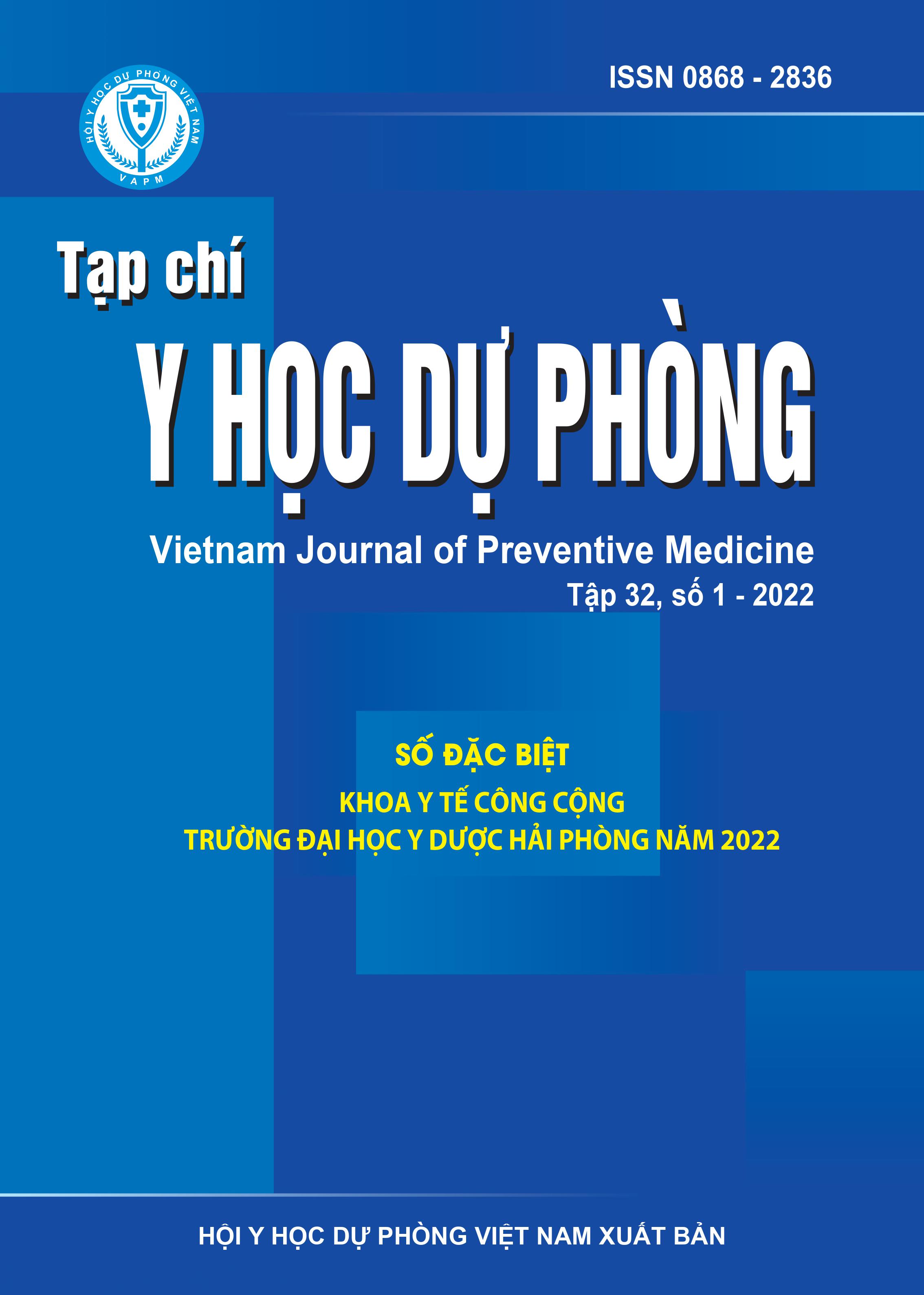Current status of knowledge and attitudes about anaphylaxis prevention and treatment of nursing students at Hai Phong University of Medicine and Pharmacy in 2021
DOI:
https://doi.org/10.51403/0868-2836/2022/573Keywords:
Knowledge, attitude, prevention and treatment of anaphylaxis, nursing studentsAbstract
A cross-sectional study was conducted among 147 students of the 3rd and 4th year undergraduate nursing at Hai Phong University of Medicine and Pharmacy in 2021 to describe the knowledge and attitude about anaphylaxis prevention and treatment. Research results show that over 90% of students had knowledge about the concept, causes and symptoms of anaphylaxis; how to exploit allergy history and test cases; shockproof box components; the appropriate route of adrenaline administration However, 15% of perceptions were incorrect when considering blood products as not the cause of anaphylaxis, over 60% answered incorrectly about circulatory and respiratory manifestations of anaphylaxis, 23.8% did not answer correctly about the time of blood pressure monitoring. Students had a good attitude about anaphylaxis prevention and management, but 55.8% of students said that it is necessary to test an antibiotic when the patient has an allergy of that antibiotic.
Downloads
Downloads
Published
How to Cite
Issue
Section
License
Publication License No 150/GP-BTTTT signed on May 8, 2014;
Electronic Publication License No 322/GP-BTTTT signed on June 15, 2016.


